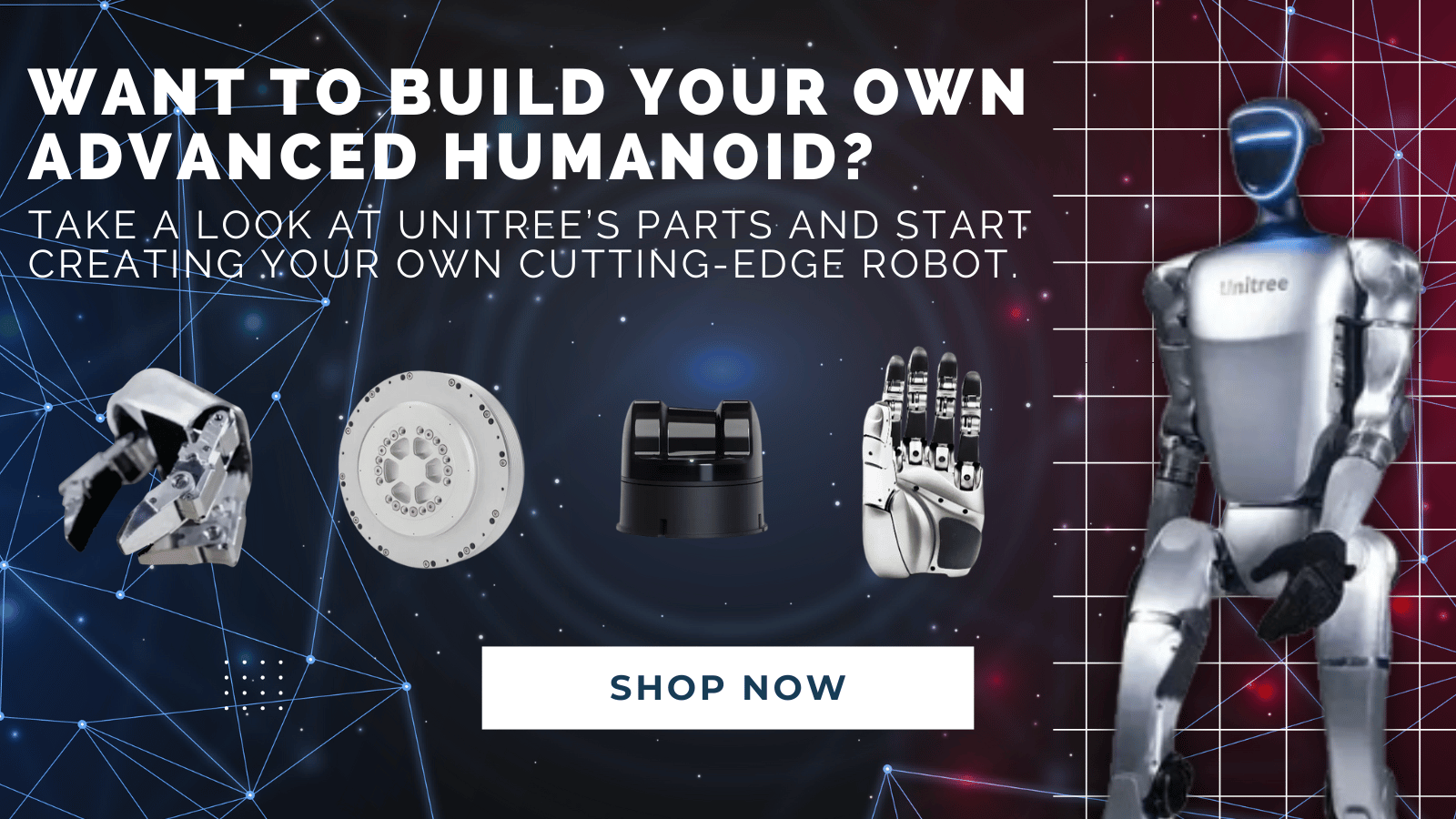3 Reasons Why Intelligent Humanoids Will Soon Be Among Us

Humanoid robots are rapidly transitioning from futuristic concepts to real-world applications. Recent breakthroughs in AI, advanced hardware, and increased financial investment are pushing these intelligent machines into new industries and everyday life. Here’s why humanoid robots will soon be walking among us, enhancing industries and improving our daily lives through human-robot collaboration.
1. Artificial Intelligence: The Cognitive Leap
Artificial intelligence (AI) is at the core of humanoid robotics, enabling robots using AI to learn, adapt, and make real-time decisions. These advancements are bringing humanoid robots closer to replicating human cognition. In September 2024, Figure AI unveiled its second-generation humanoid, Figure 02, which integrates NVIDIA's advanced GPUs and synthetic data-driven AI models. As mentioned by Scott Martin in NVIDIA’s latest article about humanoids, Figure 02 can autonomously carry out complex tasks like dynamic object manipulation and voice interactions, highlighting the strides in AI that are making humanoids highly autonomous and capable.
NVIDIA’s AI advancements also extend to projects like Groot, an AI model designed to optimize how robots perceive and interact with the world around them. Unitree Robotics has also been utilizing advanced AI models to power their robots, such as the Unitree H1, which offers human-like agility and responsiveness, demonstrating the integration of AI in locomotion and environmental navigation.

2. Hardware Innovations: Compact Powerhouses Driving Humanoid Evolution
The advancement of humanoid robots is also fueled by progress in hardware, particularly in creating more agile and responsive designs. Recent innovations in actuators, sensors, and modular components have allowed humanoids to perform tasks with more precision and fluidity.
For example, the Unitree G1, with its force sensors and LiDAR, provides excellent environmental awareness, allowing for safer and more effective interaction with people and objects. Meanwhile, the Unitree H1 has been equipped with high-torque motors and a payload capacity of up to 50 kg, making it capable of handling both industrial and service-based tasks with impressive mobility and strength. These advancements are critical in ensuring humanoid robots are not only intelligent but also capable of complex physical tasks.
These hardware innovations are being tested in industrial settings, where humanoid robots have been employed for ergonomically challenging tasks. BMW, for example, recently tested humanoid robots in their assembly lines, demonstrating how these advancements are improving both efficiency and safety in the workplace.
3. Investment and Growth: Accelerating the Humanoid Revolution
The surge of venture capital into humanoid robotics is another major driver behind the rapid pace of development. Companies like Tesla, Sanctuary AI, and Unitree are pushing the boundaries of humanoid robots. Tesla's Optimus, for example, is designed to handle repetitive and dangerous tasks in industrial settings, integrating Tesla's AI technology to ensure seamless collaboration between humans and robots.
Unitree, with its robots like the H1 and G1, stands out for combining agility and high-performance hardware with AI-driven control systems. These robots are examples of humanoids becoming increasingly versatile, balancing mobility, dexterity, and intelligence. Sanctuary AI, meanwhile, is focused on developing general-purpose humanoids for dynamic, real-world environments, further showing the potential of humanoid robotics in various sectors.
Furthermore, 1X Technologies is preparing to roll out its NEO Beta humanoid for home pilot projects by the end of 2024. This represents a shift toward humanoid robots becoming household assistants—capable of managing chores, providing care, and interacting with family members. As noted in Pudu Robotics’ press release, these investment-backed innovations are rapidly pushing humanoids closer to mainstream markets.
Conclusion:
The latest developments in humanoid robotics—from AI breakthroughs like Groot and hardware innovations as in the Unitree humanoids—are positioning robots like Figure 02, NEO Beta, and Tesla Optimus as key players in both industrial and domestic settings. With companies like BMW testing humanoid robots on factory floors and pilot deployments for home use on the horizon, humanoids are no longer a distant dream—they’re about to become part of our daily lives.
Thanks for helping to keep our community civil!
This post is an advertisement, or vandalism. It is not useful or relevant to the current topic.
You flagged this as spam. Undo flag.Flag Post



